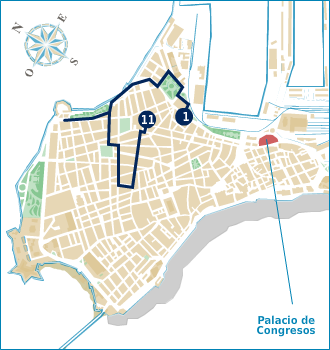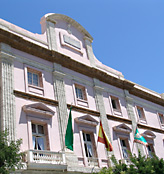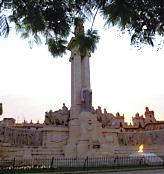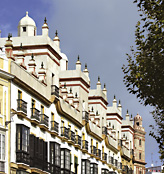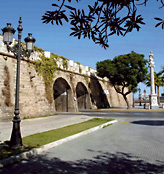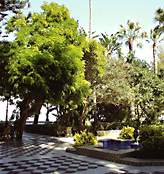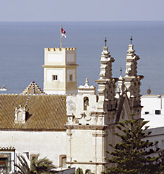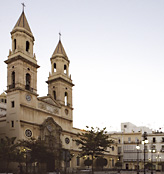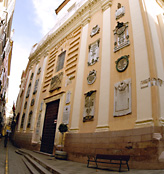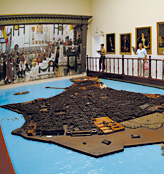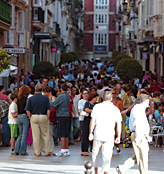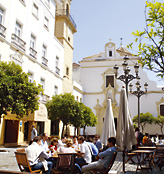Occurred in the year 1812 historical facts that influenced decisively in the contemporary era of Spain, and precisely in Cadiz, took place one of the most important, as was the enactment by Parliament with the participation of representatives of Spain and America of the 1812 Constitution. This tour reveals the route traveled civic procession proclaimed March 19, 1812 the said Constitution, in different parts of the city. We starting from the Tourist Reception Centre headed to the Provincial Palace (XVIII), with an interior living Regio, built on the occasion of the visit of Queen Elizabeth II to the city in 1861, to halt the is the Plaza of Spain, with the monument to the Cortes (twentieth century) where you can read the names of the Members who signed the first Constitution. Just at the back of the monument is the House of the Five Towers (XVIII), and to its right the house of the Four Towers (XVIII), a set of housing for rent in their day for tradesmen needed reside some time in Cadiz. We crossed the Barrio de San Carlos (XVIII) and walk the Alameda Apodaca beautiful seaside garden renovated in 1926 by Juan Talavera and obeys the regionalist style, then visit the Church of the Carmen (XVIII) Baroque and reach Plaza de San Antonio. This square is one of the hubs of the city, witnessed the constitutional proclamation and near which stood the Pozo de la Jara, It worked for a while the city water. At this place some of the main facades overlook the city: The Church of San Antonio (s. XVII-XVIII), the Peman House, the House Aramburu (whose cover is s XVIII remodeled balcony while principalfue early. s. XX) and Cadiz Casino, renovated in a neo-Mudejar style courtyard XIX. From here we headed to the Oratory of St. Philip Neri and the Centre of Interpretation of the Constitution of 1812, which houses within it a Inmaculdad Murillo and we hosted meetings of the Cortes of 1812, as shown in table decorating the model of the city made in mahogany and can be seen in the adjacent Museum of the Cortes of Cadiz raised on the centenary of the first Spanish constitution. We return to Broad Street, which was once the center of all political and social buzz to the city through Sagasta reach the Plaza de San Francisco, where stands the Convent of San Francisco, founded in s. XVI, whose church and cloister were later reformed as the Baroque style.





